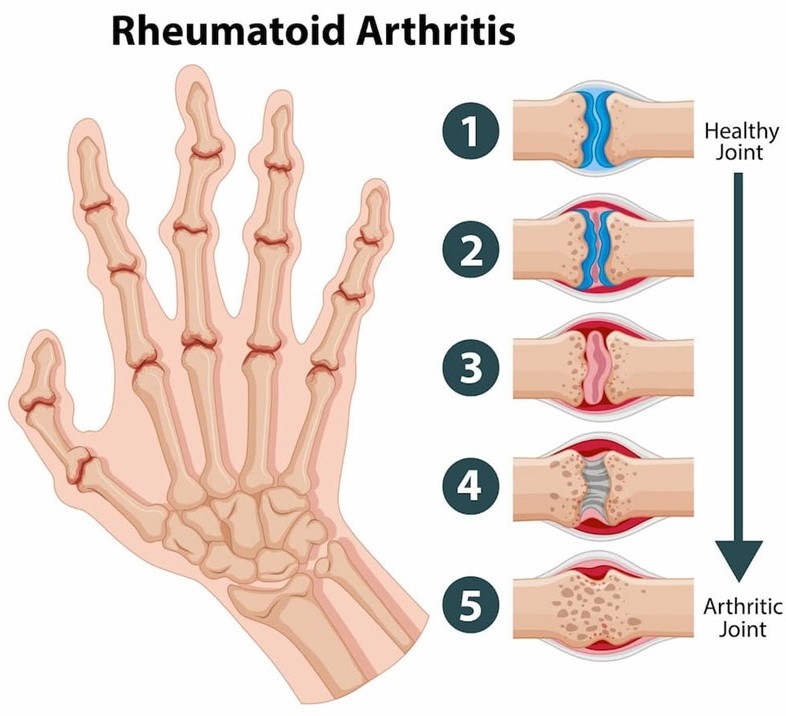Angina pectoris is a clinical syndrome of IHD resulting from transient myocardial ischaemia. It is characterised by paroxysmal pain in the substernal or precordial region of the chest which is intensified by an increase in the demand of the heart and relieved by a decrease in the work of the heart. Often the pain radiates to the left arm, neck, jaw, or right arm.
There are 3 clinical patterns of angina pectoris:
i) Stable or typical angina
ii) Prinzmetal’s variant angina
iii) Unstable or crescendo angina
STABLE OR TYPICAL ANGINA- This is the most common pattern. Stable or typical angina is characterised by attacks of pain following physical exertion or emotional excitement and is relieved by rest. During the attacks, there is depression of ST segment in the ECG.
PRINZMETAL’S VARIANT ANGINA- This pattern of angina is characterised by pain at rest and has no relationship with physical activity. ECG shows ST segment elevation due to transmural ischaemia.
UNSTABLE OR CRESCENDO ANGINA- Also referred to as ‘pre infarction angina’ or ‘acute coronary insufficiency’. This is the most serious pattern of angina. It is characterised by more frequent onset
of pain of prolonged duration and occurring often at rest. It is thus indicative of acute myocardial infarction. Distinction between unstable angina and acute MI is made by ST segment changes on ECG—acute MI characterised by ST segment elevation while unstable angina may have non-ST segment elevation MI.
REFERENCE
Harsh Mohan; Text book of Pathology; 6 th edition; India; Jaypee Publications; 2010
Free shipping for all orders over INR 700. Only in this week
I forget the password
I'm new client.
Create an account
0in cart






